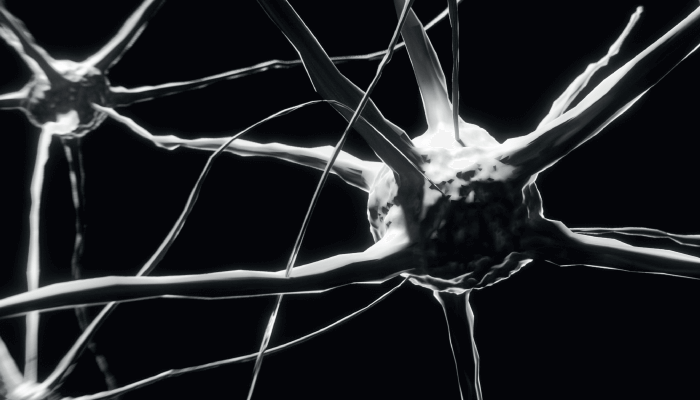
Retinal ganglion cells extend their axons (nerve fibers) to the brain via the optic nerve to process visual information. When these axons are injured, the damage is usually irreversible – but it may be possible to stimulate regeneration with the help of the adaptor molecule protrudin. Researchers at the University of Cambridge used a cell culture system to grow brain cells in a dish, then injured the axons and analyzed the response using live-cell microscopy. Their findings? Increasing the amount or activity of protrudin in these cells vastly increased their ability to regenerate.
To investigate whether protrudin plays a protective role in glaucoma, the team employed gene therapy to increase the amount of protrudin in the optic nerve, using a viral delivery system that packaged the molecule within a deactivated outer shell. “The system works like a Trojan horse – the cells recognize the viral coat and engulf it, allowing the [protrudin] to be expressed within the cell,” says first author Veselina Petrova, a PhD student in the University of Cambridge’s Department of Clinical Neurosciences. Though the process of axon regeneration has been studied for decades, our understanding of the exact mechanism of successful regrowth after injury remains limited.
“We showed that protrudin, which is part of the transport machinery in the cell, promotes axon regeneration after injury, strengthening the notion that the trafficking of growth components around the cell plays an important role in regeneration” explains Petrova. “Protrudin’s interaction with the endoplasmic reticulum is essential for this effect. These findings bring up a novel idea about the involvement of the endoplasmic reticulum in axon regeneration, providing a platform for the development of innovative therapeutics.” The team are now working toward testing the safety and efficacy of the therapy in human cells in hopes that, if the treatment is successful, they can soon move onto clinical trials in glaucoma patients.
References
- V Petrova et al., Nat Commun, 11, 5614 (2020). PMID: 33154382.
